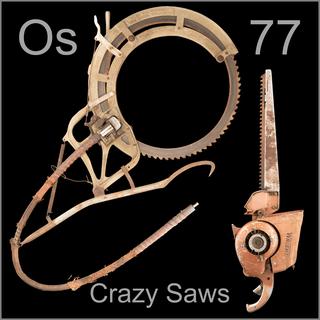 |
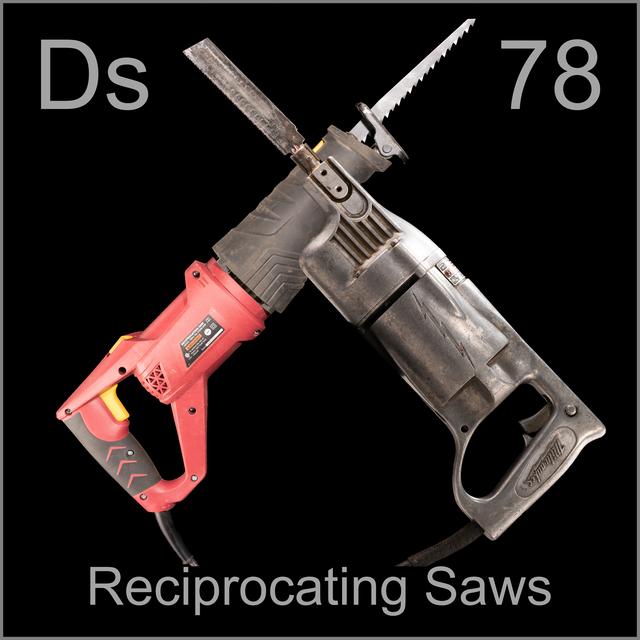
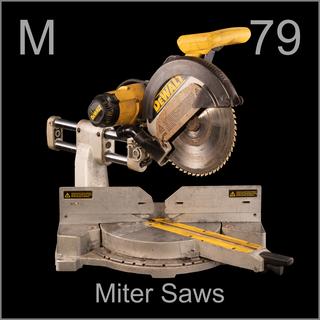 |
Leave a comment below! Or click on an individual tool to see more or leave a comment about that tool. |
|
 |
|
 |
| For the ultimate in hardness, diamond-encrusted blades are available. (And not insanely expensive because the diamonds are tiny and low-grade enough that DeBeers doesn’t bother to inflate their price.) They are used for cutting tile and concrete. |
 |
| This high-end blade has tungsten carbide teeth, just like the circular saw blades we will meet later. |
 |
| As we saw with hand saws, bread and meat knives are virtually identical to insulation and wood saws respectively. The same is true of hand-held power saws and power kitchen knives. |
 |
| Power Kitchen Knife |
 |
| Reciprocating saw blades are disposable. Many styles and lengths are available in a wide price range. Inexpensive ones are steel with induction-hardened teeth. |
 |
| This one bends a little more in the jigsaw direction. It doesn’t need to be powerful because it’s meant for cutting insulation (fiberglass or foam) using a long knife-like blade. |
 |
| Reciprocating Saw |
 |
| Reciprocating Saw |
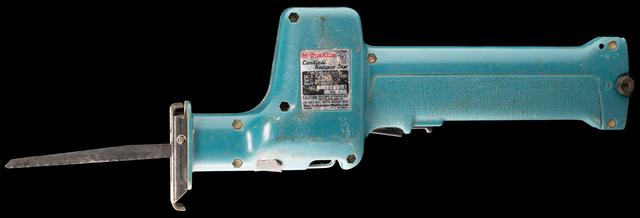 |
| This small saw is edging in the direction of being a jigsaw, which we will see on the next page. |
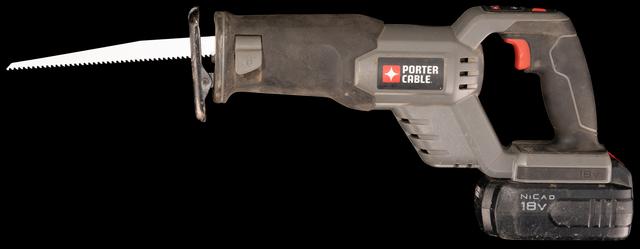 |
| I’ve had several of these saws over the years, including both corded and battery powered. Unfortunately my two highest-quality ones wandered off, so I’m left with this motley crew of discount models and auction acquisitions. |
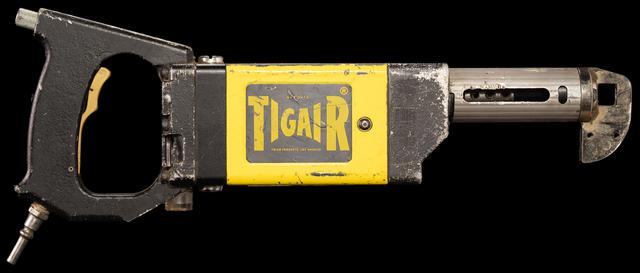 |
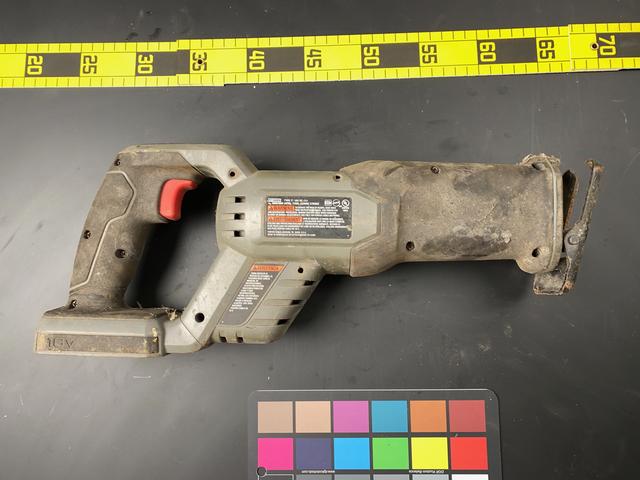 |
| Fire Storm Cordless Reciprocating Saw |
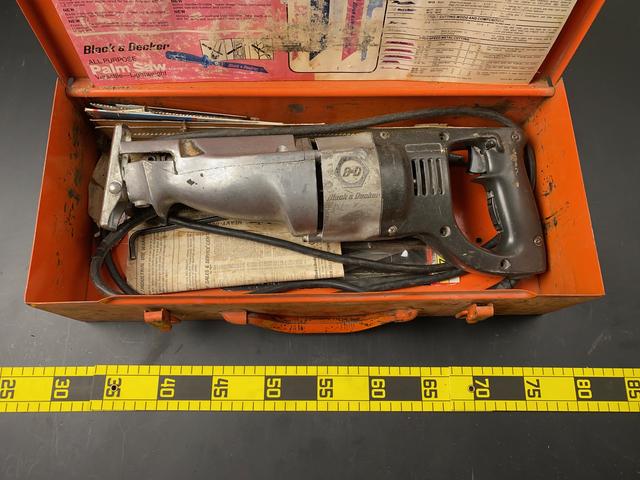 |
| These early model reciprocating saws shows the transformation into a more linear tool, with more body and less blade. You can get blades for these things up to about 12 inches (30cm) long, but at that length they have a strong tendency to get bent. |
 |
| Porter Cable Cordless Reciprocating Saw |
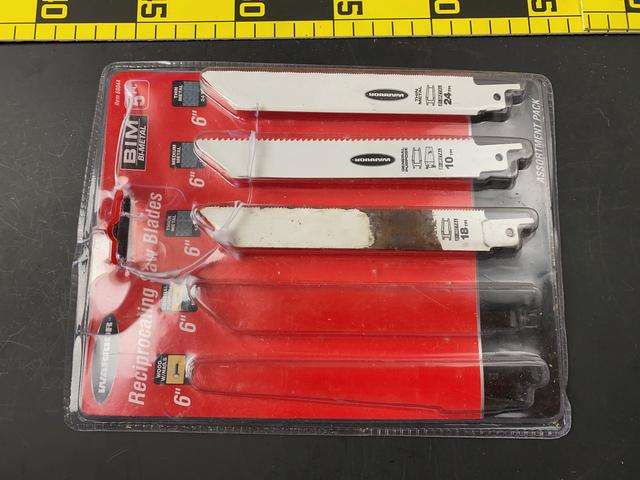 |
Do you have a better example of this kind of tool? Let me know by leaving a comment, and include a picture of it if you can so everyone can see!